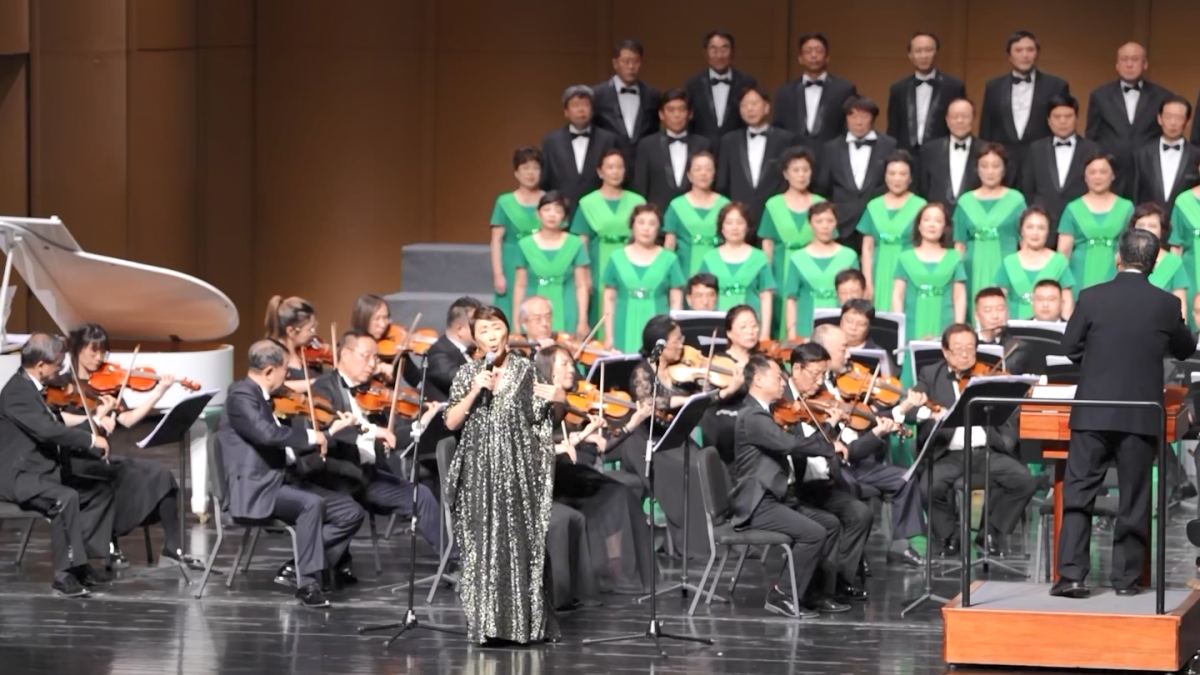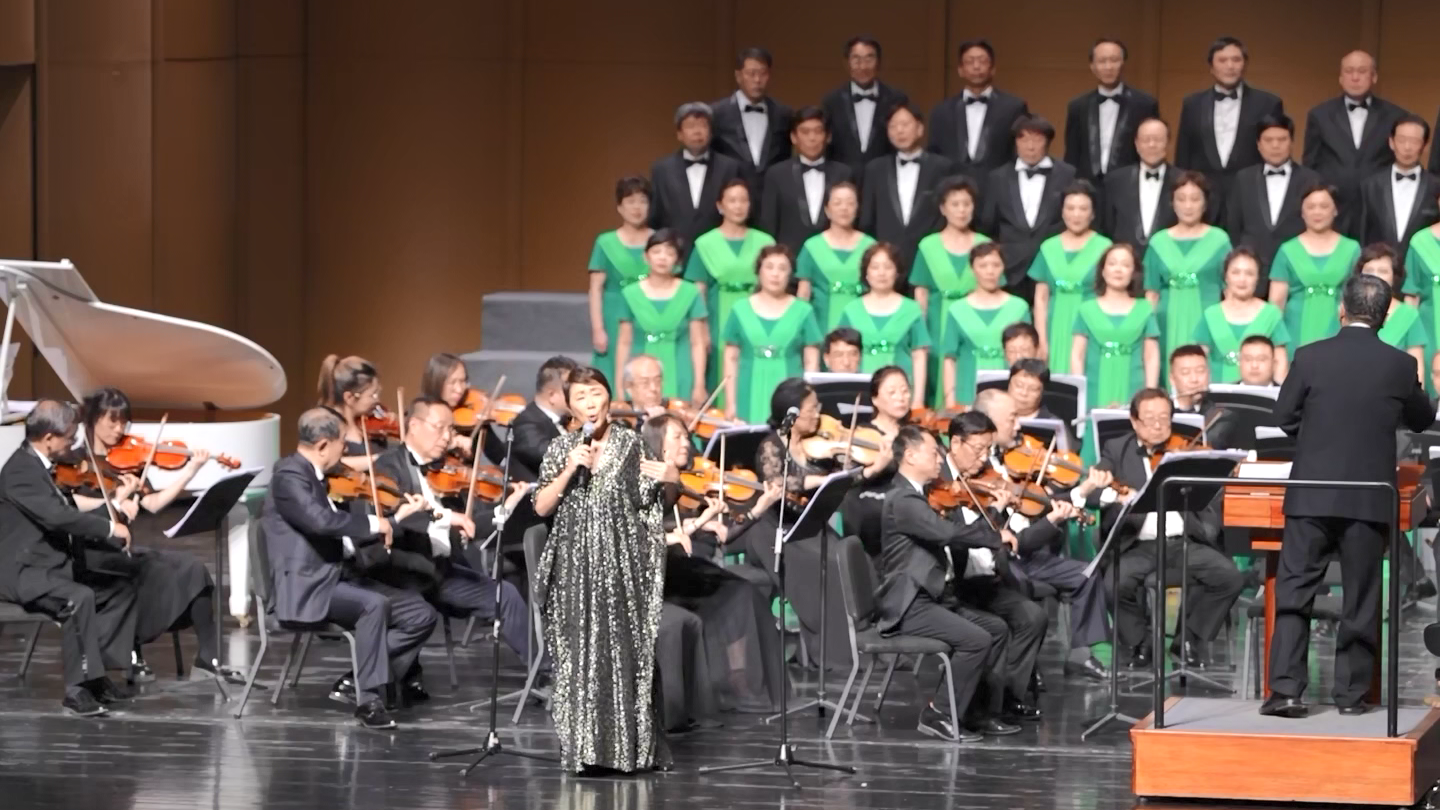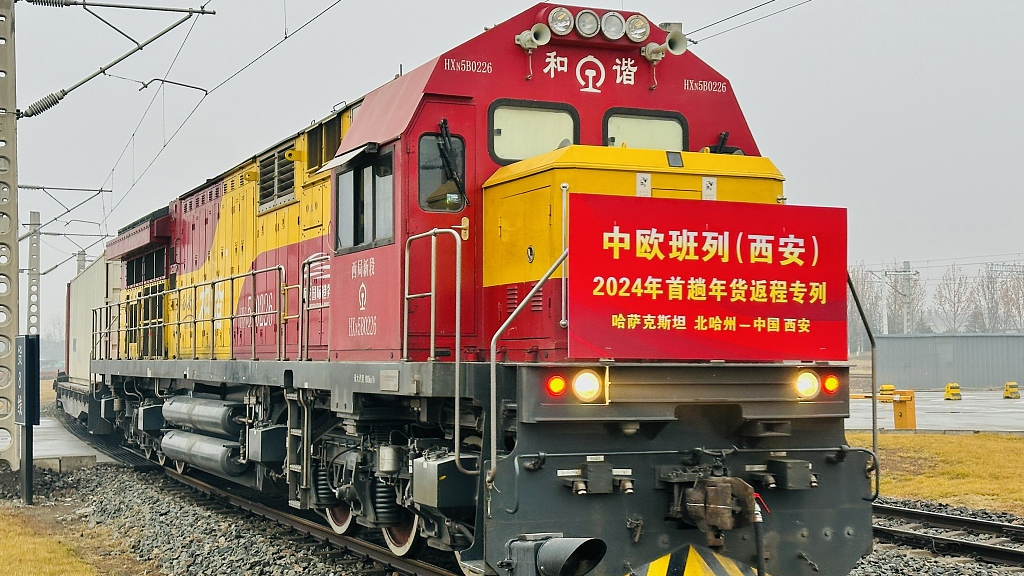 A China-Europe freight train arrives in Xi’an City, northwest China’s Shaanxi Province, February 1, 2024. /CFP
A China-Europe freight train arrives in Xi’an City, northwest China’s Shaanxi Province, February 1, 2024. /CFP
A China-Europe freight train arrives in Xi’an City, northwest China’s Shaanxi Province, February 1, 2024. /CFP
The China Railway Express (CR Express), a major international freight train service, spans China, Europe, and Belt and Road Initiative (BRI) partner countries, offering new possibilities for collaborative and sustainable trade. Praised by the international community, the transportation service, which not only revitalizes the prosperity of the ancient Silk Road but also enhances people’s livelihoods, serves as a vital public good to promote win-win cooperation and economic vitality across Eurasia and beyond.
After a decade of groundbreaking and innovative efforts, the iconic BRI project, which connects 120 cities in China with 219 cities across 25 European countries, has completed over 85,000 trips by the end of February, according to China Railway Group Limited (CREC).
In the January-February period, nearly 3,000 trips were registered between the continents as CREC inaugurated new routes linking Xi’an, Chongqing and Yiwu in China to Tbilisi in Georgia, Baku in Azerbaijan and Istanbul in Türkiye, dispatching a total of 18 trains along the routes.
The freight train service accomplished a total of 2,928 trips to deliver 317,000 containers of goods in the first two months of 2024, marking a year-on-year increase of 9 percent in trips frequency and 10 percent in cargo volume.

Global economic ties
The CR Express has kept adding new lines and expanding its capacity during the past decade, providing the Eurasian continent with fresh corridors of land transport and new bridges for economic and trade cooperation, said Mao Ning, a spokesperson with China’s Foreign Ministry.
As a result, China has forged closer cooperation and strengthened trade ties with Central Asia and Europe. A considerable number of companies specializing in international trade, smart manufacturing and supply chain service have made their mark along the routes, Mao said.
Industries such as manufacturing, trade and commerce, finance and information have seen continuous enhancements. More and more European products have entered the lives of the Chinese people, while “Made in China” is becoming more popular in Europe, Mao added.
So far, the service has delivered a total of over 50,000 types of goods to the related regions, with growing popularity stemming from its safety, reliability and resilience against external disruptions.
It especially experienced a surge in demand amidst the turmoil caused by the Israeli-Palestinian conflict, highlighting its critical role as a dependable trade route that contributes to the resilience of global supply chains.
Unlike maritime routes, which are susceptible to piracy, adverse weather conditions and geopolitical tensions, the land-based China-Europe freight train channel offers a faster, more secure and stable alternative. Both forms of transportation work together to ensure the smooth flow of commodities and promote global economic stability amid uncertainties and volatility.
The China-Europe freight train service is also highly cost-effective, as an analysis by Foreign Policy magazine in late January called the BRI “a blueprint for what every nation needs in an age of uncertainty and disruption amidst the Red Sea crisis,” claiming “the solution to supply shocks is more supply chains. More belts, more roads.”

Smart, efficient transportation
Over the past 10 years, along the routes of the China-Europe Railway Express, customs clearance and inspection have been streamlined, the business environment at ports of entry has improved, and rules and regulations for cross-border transportation have become more standardized.
According to Zhang Xinyuan, head of the Co-Found think tank, the China-Europe freight train service is experiencing a boom. The network is denser, with more frequent trips and improved efficiency. This translates to faster deliveries and a wider range of goods being transported, optimizing the import and export structure.
Several Chinese customs offices are expediting the clearance process for high-value goods. A prime example is Guangzhou Customs in south China’s Guangdong Province. It offers specialized guidance to businesses and trains, launching dedicated routes specifically for high-tech exports. These routes focus on complete NEV components, top-tier home appliances and communication equipment – essentially “white goods,” electronics and NEVs. This prioritization optimizes the import and export structure for these valuable products.
East China’s Jiangsu Province has implemented a “fast customs clearance” system for China-Europe freight trains, which has significantly improved efficiency for both customs transfers and overall transportation. Train journeys are now two to three days shorter, and businesses benefit from a 20 percent reduction in declaration costs.
Export companies are embracing innovative solutions to maximize container space on China-Europe freight trains, too. A prime example is Hunan Hualian China Industry, a daily ceramics exporter, adopting the “less than container load (LCL)” mode to consolidate smaller shipments from multiple businesses into single containers.
Shipping small goods with varied shapes, quantities and destinations across vast regions like Central Asia and Europe presents a challenge for utilizing the full capacity of China-Europe freight trains, said Peng Long, a company secretary.
The LCL mode provides a solution, tackling the challenge of efficiently transporting goods of variyng sizes to vaied destinations across Central Asia and Europe. LCL not only optimizes train capacity but also significantly reduces wait times for international customers.
 Large machinery loads containers to the China-Europe freight train at the China-Kazakhstan (Lianyungang) logistics cooperation base, Lianyungang City, east China’s Jiangsu Province, January 8, 2024. /CFP
Large machinery loads containers to the China-Europe freight train at the China-Kazakhstan (Lianyungang) logistics cooperation base, Lianyungang City, east China’s Jiangsu Province, January 8, 2024. /CFP
Large machinery loads containers to the China-Europe freight train at the China-Kazakhstan (Lianyungang) logistics cooperation base, Lianyungang City, east China’s Jiangsu Province, January 8, 2024. /CFP
Future development
As a flagship project and a landmark brand of the BRI, the CR Express has established a development model based on consensus building, win-win cooperation and continuous growth, as highlighted by Chinese Vice Premier Ding Xuexiang at the China-Europe Railway Express Cooperation Forum last September. Ding undersocred the importance of continued collaboration for the future of the CR Express.
He urged joint efforts to develop a more efficient transport system for the CR Express. This includes expediting cooperation mechanisms between governments, fostering the convergence of international regulations and strengthening the foundation for international cooperation. These efforts will ensure the smooth operation of the service.
Looking ahead, Ding stressed the importance of exploring new international routes while maintaining existing ones. This will broaden the China-Europe Railway Express network. Additionally, an innovative development system is needed, with a focus of promoting IT applications, digitization and intelligent infrastructure development. It will also prioritize the adoption of green technologies, making the CR Express even more environmentally friendly and beneficial for all involved nations.
As the world enters the age of artificial intelligence (AI), the CR Express has a significant opportunity to solidify its position as a vital link in the global trade network. AI can be harnessed to optimize logistics operations, improve route planning and enhance predictive maintenance for trains. By embracing AI, the freight train service can achieve greater efficiency, reliability and sustainability to ultimately benefit all nations involved.


 Chinese cultural objects returned to China by the United States, April 17, 2024. /China Media Group
Chinese cultural objects returned to China by the United States, April 17, 2024. /China Media Group  Chinese cultural objects returned to China by the United States, April 17, 2024. /China Media Group
Chinese cultural objects returned to China by the United States, April 17, 2024. /China Media Group  Chinese cultural object returned to China by the United States, April 17, 2024. /China Media Group
Chinese cultural object returned to China by the United States, April 17, 2024. /China Media Group  Chinese cultural object returned to China by the United States, April 17, 2024. /China Media Group
Chinese cultural object returned to China by the United States, April 17, 2024. /China Media Group  Chinese cultural object returned to China by the United States, April 17, 2024. /China Media Group
Chinese cultural object returned to China by the United States, April 17, 2024. /China Media Group 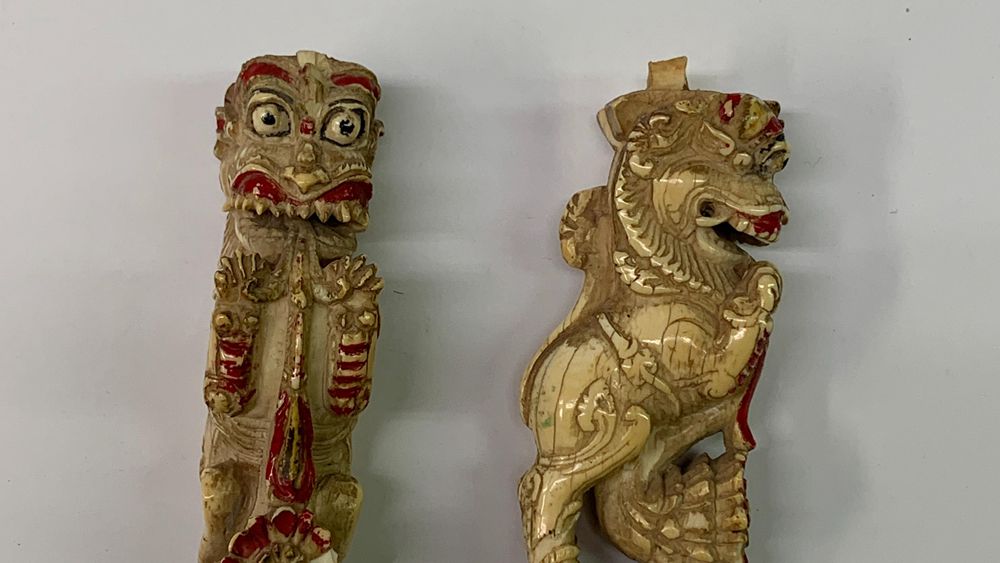 Chinese cultural objects returned to China by the United States, April 17, 2024. /China Media Group
Chinese cultural objects returned to China by the United States, April 17, 2024. /China Media Group 
 An undated photo shows Niubeishan, or Oxback Mountain in Sichuan Province. /Photo provided to CGTN
An undated photo shows Niubeishan, or Oxback Mountain in Sichuan Province. /Photo provided to CGTN  An undated photo shows Niubeishan, or Oxback Mountain in Sichuan Province. /Photo provided to CGTN
An undated photo shows Niubeishan, or Oxback Mountain in Sichuan Province. /Photo provided to CGTN  An undated photo shows Niubeishan, or Oxback Mountain in Sichuan Province. /Photo provided to CGTN
An undated photo shows Niubeishan, or Oxback Mountain in Sichuan Province. /Photo provided to CGTN  An undated photo shows Niubeishan, or Oxback Mountain in Sichuan Province. /Photo provided to CGTN
An undated photo shows Niubeishan, or Oxback Mountain in Sichuan Province. /Photo provided to CGTN  An undated photo shows Niubeishan, or Oxback Mountain in Sichuan Province. /Photo provided to CGTN
An undated photo shows Niubeishan, or Oxback Mountain in Sichuan Province. /Photo provided to CGTN  An undated photo shows Niubeishan, or Oxback Mountain in Sichuan Province. /Photo provided to CGTN
An undated photo shows Niubeishan, or Oxback Mountain in Sichuan Province. /Photo provided to CGTN 
 [Photo/IC]
[Photo/IC] 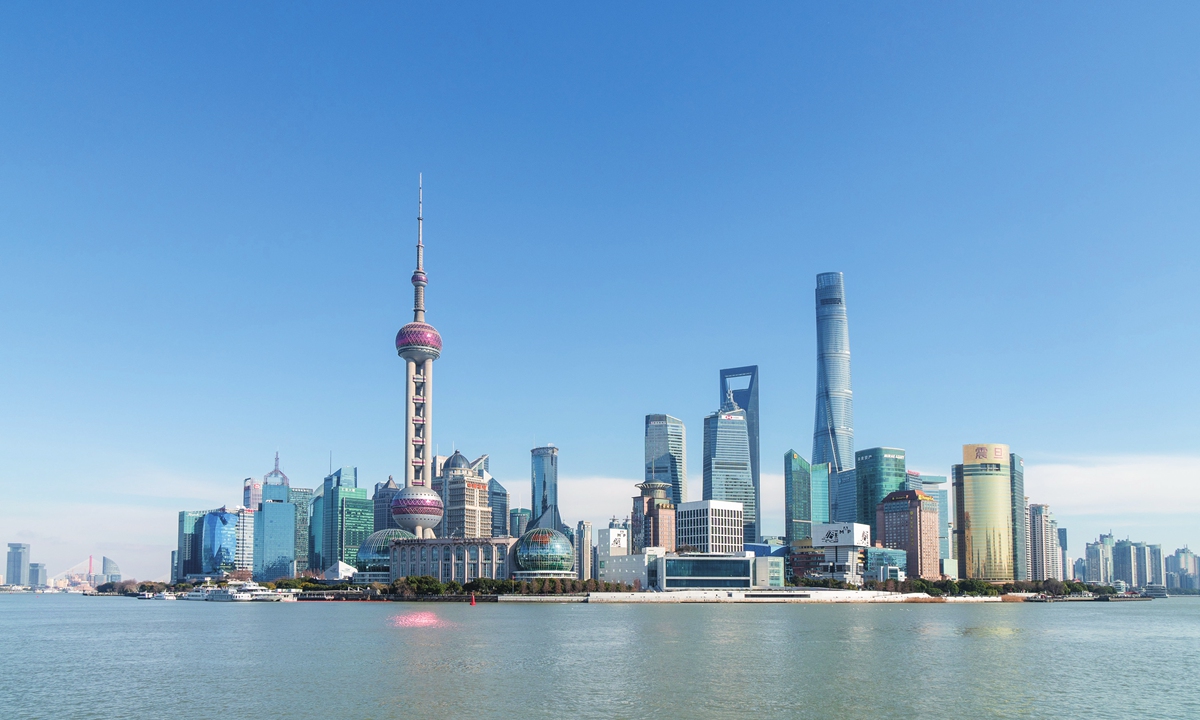
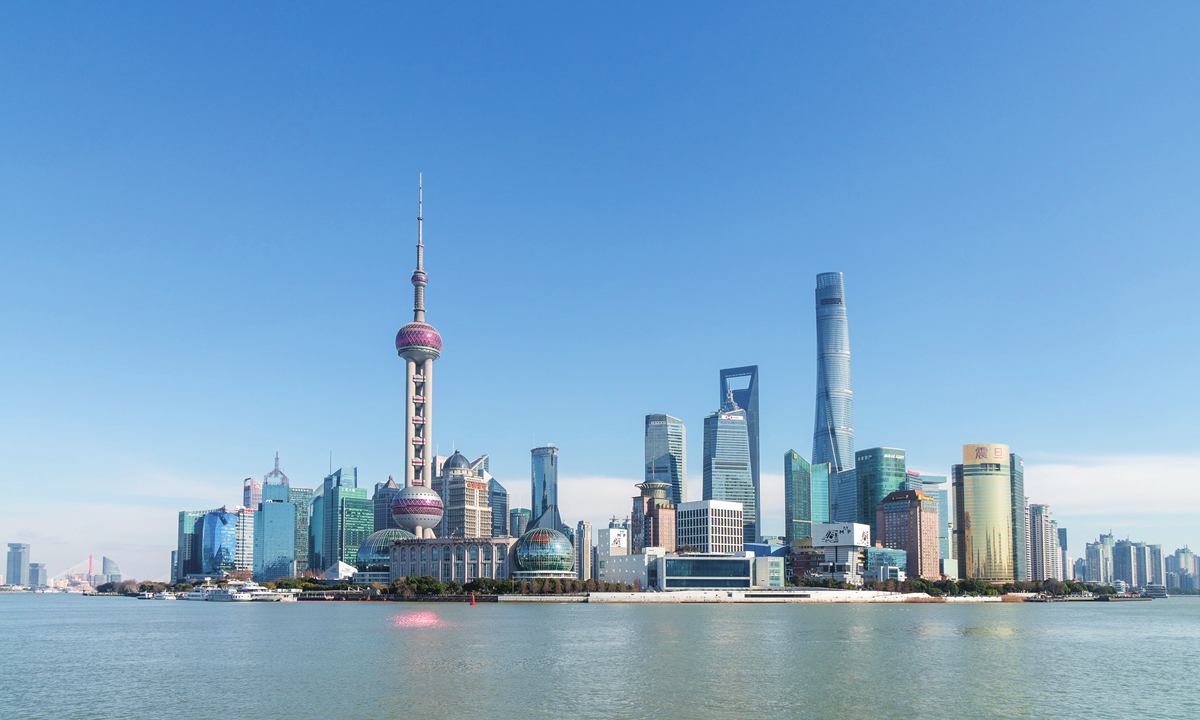

 A visitor walks past an illuminated coronavirus (COVID-19) model as he visits the “Mini-Worlds on the Way of Illumination” exhibition during the Light Festival preview at the Botanical garden in Paris, France, November 12, 2022. /Reuters
A visitor walks past an illuminated coronavirus (COVID-19) model as he visits the “Mini-Worlds on the Way of Illumination” exhibition during the Light Festival preview at the Botanical garden in Paris, France, November 12, 2022. /Reuters 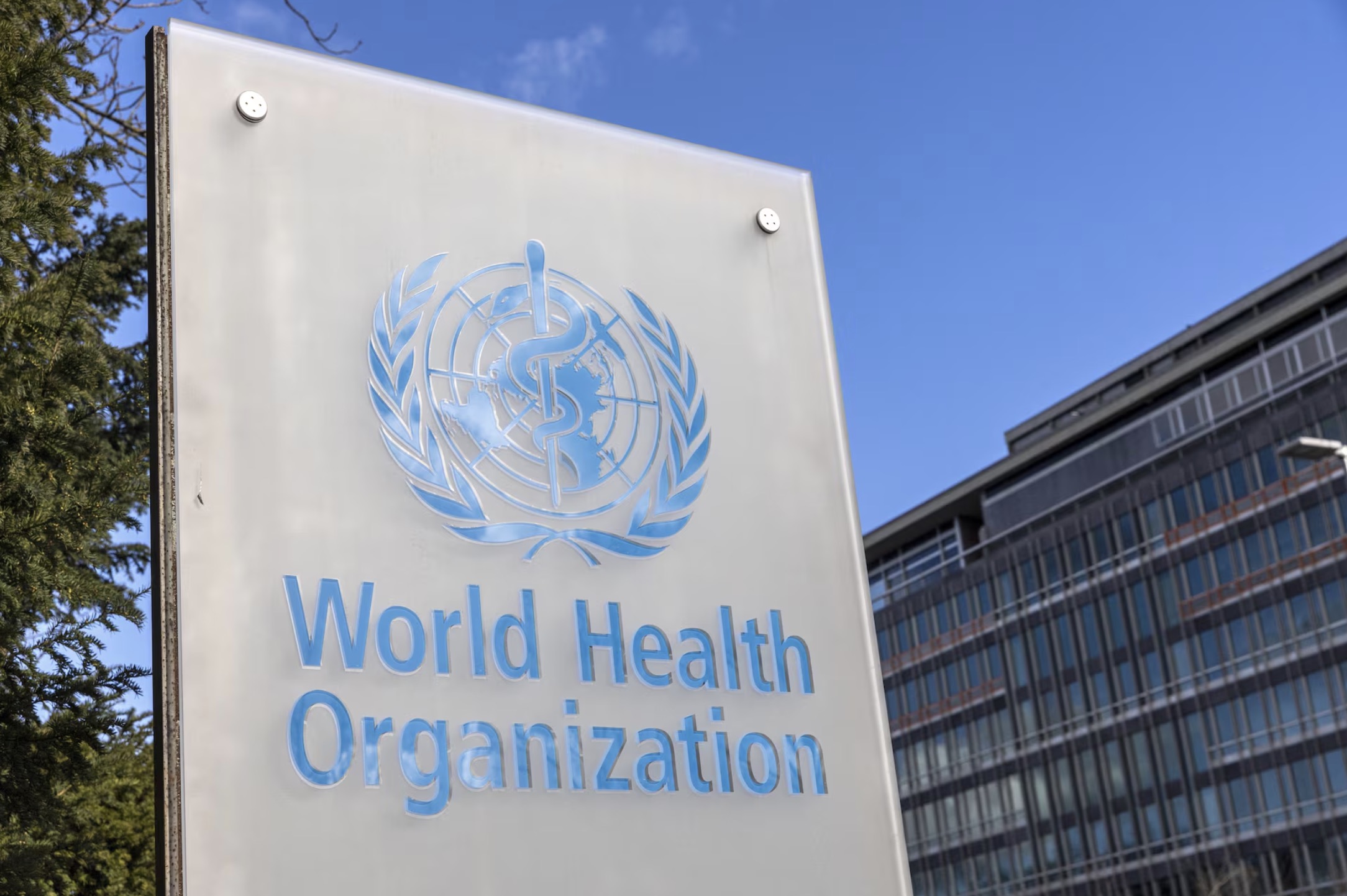 The WHO logo is seen near its headquarters in Geneva, Switzerland, February 2, 2023. /Reuters
The WHO logo is seen near its headquarters in Geneva, Switzerland, February 2, 2023. /Reuters 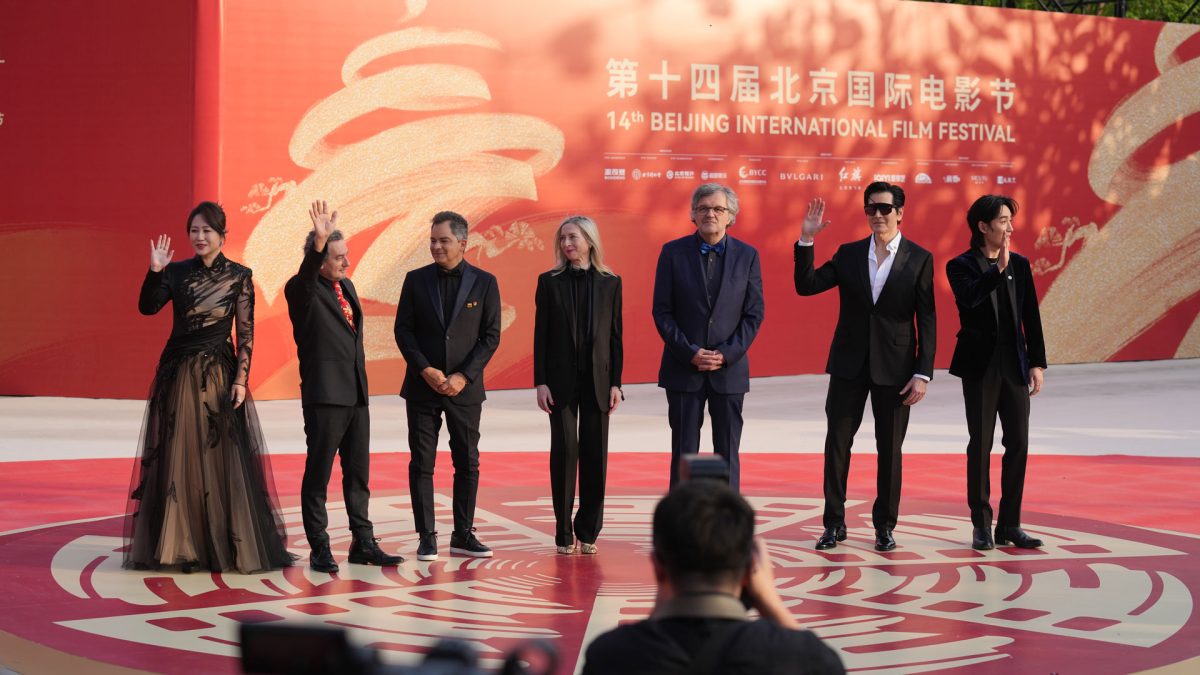
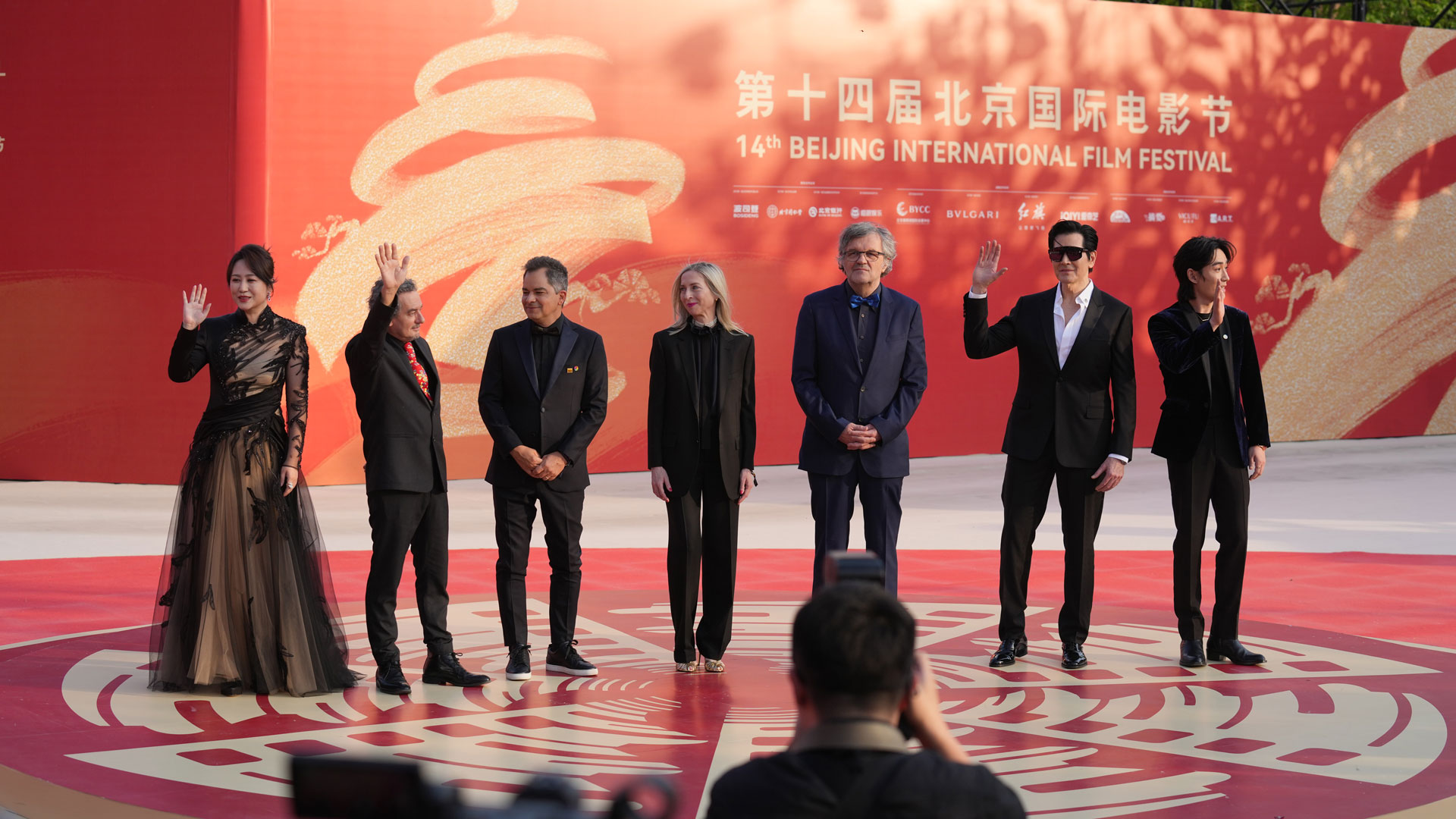 Members of the Tiantan Award International Jury Committee pose for photos at the opening ceremony of the 14th Beijing International Film Festival, April 18, 2024. /CGTN
Members of the Tiantan Award International Jury Committee pose for photos at the opening ceremony of the 14th Beijing International Film Festival, April 18, 2024. /CGTN 

